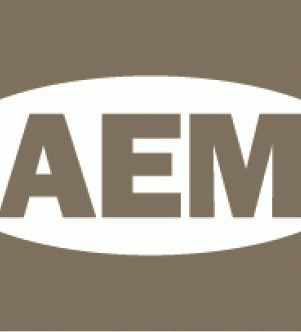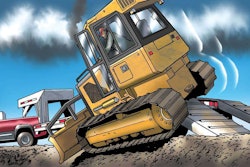
ULSD, because of the removal of sulfur and other compounds, has an increased ability to store static charge while the fuel is flowing through delivery systems. As a result, when combustible vapors are present, static electricity discharge could result in a fire or explosion, according to AEM.
All in-use off-highway diesel-powered machinery regardless of age, is currently using ULSD. “While it may not be noticeable to most users,” says AEM, “there may be a greater risk of static electricity ignition if their refueling systems are not properly functioning or maintained.”
Make sure you consult with your fuel or fuel system supplier to ensure your delivery system is in compliance with fueling standards, AEM says. It is important to ensure the entire system used to refuel your machine (fuel supply tank, transfer pump, transfer hose, nozzle, and others) is properly grounded and bonded.
“ULSD is now required for on-highway and off-highway applications and we need to educate users who may be unaware of the changes in the physical properties of ULSD and the potential for harm during refueling,” says Mike Weber, AEM technical and safety services manager.
Click here for a copy of the bulletin.










